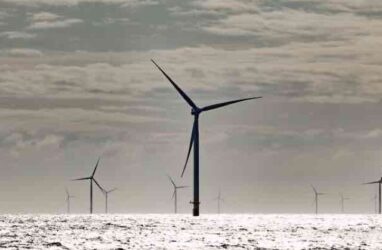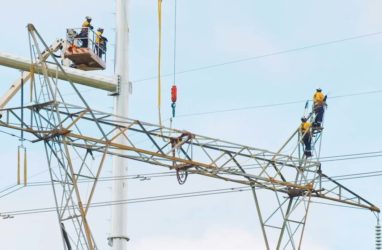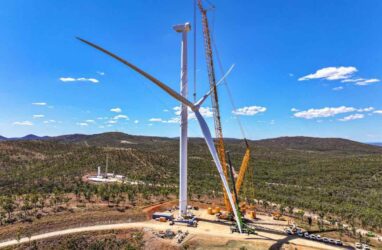Feed aggregator
Japan updates carbon offset guidelines to align with international standards, selects latest JCM projects
'Paddington' bears spotted in Bolivian forest raise hopes for species' survival – video
A Bolivian conservation programme has identified at least 60 'Paddington' bears in areas where they had not been spotted before. The animal is the inspiration behind the beloved fictional character Paddington, who travels to London, is adopted by a family and eats lashings of marmalade. In 2017, Chester zoo’s Andean carnivore conservation programme installed trap cameras in Tarija forest areas, and in 2023 it spotted members of the thriving bear community playing and walking among the trees. According to Ximena Velez-Liendo, the programme's coordinator, the Andean bear is vulnerable to extinction. The expert said if threats to the species, such as the loss of habitat, retaliatory hunting and the effects of the climate crisis were not addressed by 2030, the region could lose almost 30% of the population
Continue reading...ETS2 prices seen hitting €200 mark by 2030 –analysts
South Korea moves to let securities firm launch OTC brokerage services in ETS
Week in wildlife – in pictures: a majestic crane, a clumsy owlet and sleepy seals
The best of this week’s wildlife photographs from around the world
Continue reading...Carbon market linkage may come at a price for Washington, analyst says
ARB eyes LCFS proposal changes, will discuss stringency, crop-based biofuels at next workshop
Radical pay-what-you-can restaurant faces eviction from mill it refurbished
The Long Table says it took thousands of hours of work to turn derelict site into a community space, but landlord has now sold it
A Gloucestershire restaurant with a radical business model, in that it feeds all comers regardless of their ability to pay, is losing its premises after the owner sold the property.
The community around The Long Table, featured in the Guardian earlier this month, has been left reeling after it was ordered to move out of the mill it occupies in Stroud – even as it sought to engage with the landlord to buy the building.
Continue reading...Australia’s new environmental plantings method will only require ‘minor changes’, govt says
California fuel sales fall again in December, diesel declines as emissions fall on year
Solar eclipse spectacle set to grip North America again
Eclipse spectacle set to grip North America again
Constant bad news doing your head in? Why not read about the fish doorbell instead | First Dog on the Moon
The fish do not actually ring the doorbell – you do!
- Sign up here to get an email whenever First Dog cartoons are published
- Get all your needs met at the First Dog shop if what you need is First Dog merchandise and prints
Bill to ban trophy hunting imports back in Commons
VicGrid proposes transmission route to link offshore wind farms to Latrobe Valley grid
The post VicGrid proposes transmission route to link offshore wind farms to Latrobe Valley grid appeared first on RenewEconomy.
Grey-headed flying-fox population is stable – 10 years of monitoring reveals this threatened species is doing well
Beetaloo gas a “massive sinkhole” for taxpayers, investors
The post Beetaloo gas a “massive sinkhole” for taxpayers, investors appeared first on RenewEconomy.
Indonesia Business Council publishes wish-list for country’s carbon market
Bowen seeks $14 million to help AEMO fight cyber crime on grid
The post Bowen seeks $14 million to help AEMO fight cyber crime on grid appeared first on RenewEconomy.
Fortescue wind and battery plan hits turbulence over impact on regional airfield
The post Fortescue wind and battery plan hits turbulence over impact on regional airfield appeared first on RenewEconomy.







